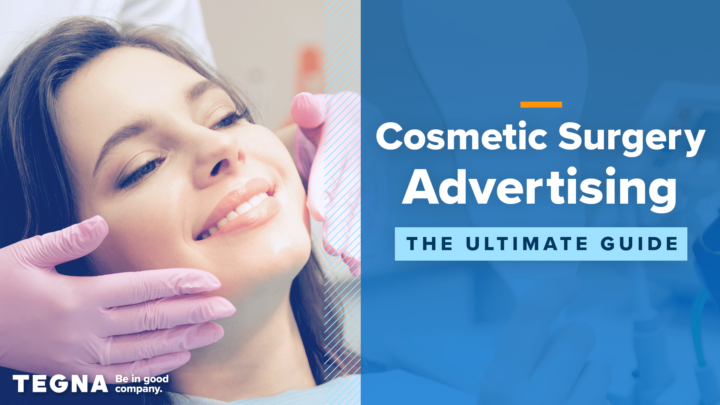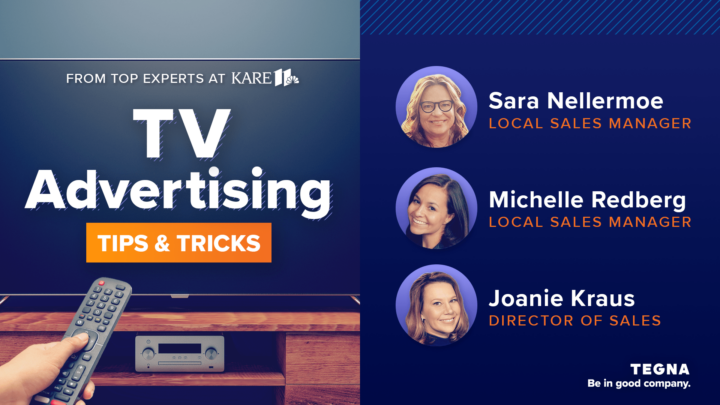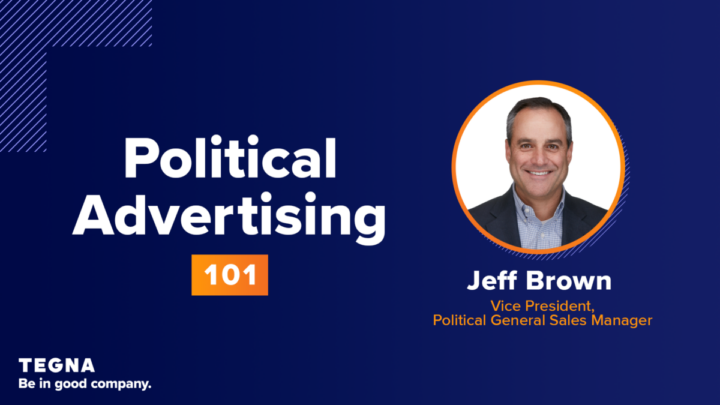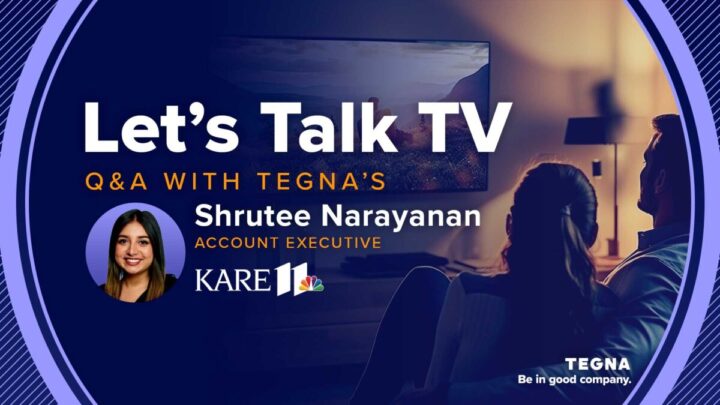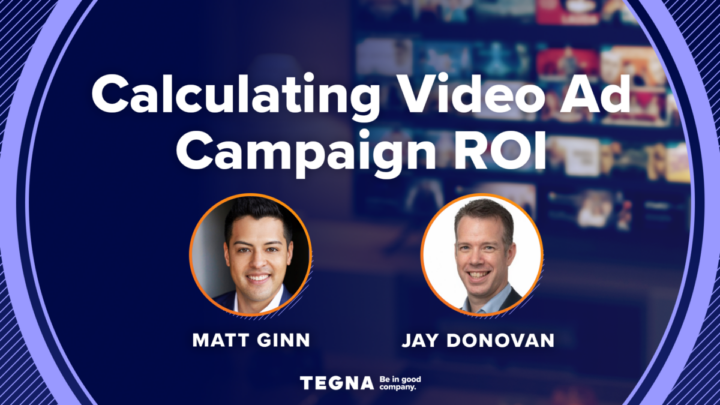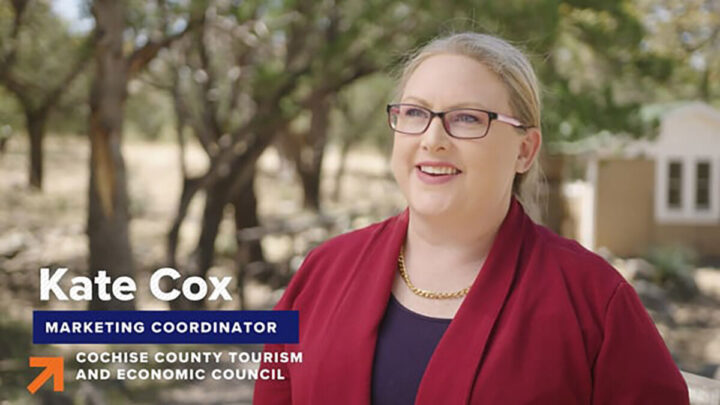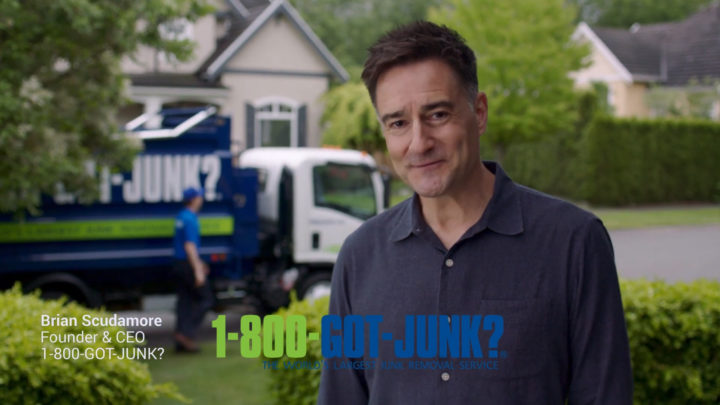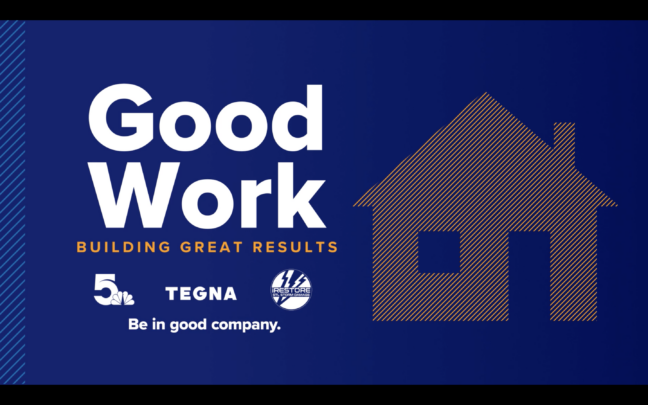Brand Safety 101: What It Is & Why It Matters
In a world where misinformation looms large, advertisers need to be hyper-focused on keeping their brand safe from inadvertently supporting potentially harmful content. Public trust, truth, and transparency have enormous value, and amid this growing sentiment, local news has emerged as one of the safest environments for advertisers.
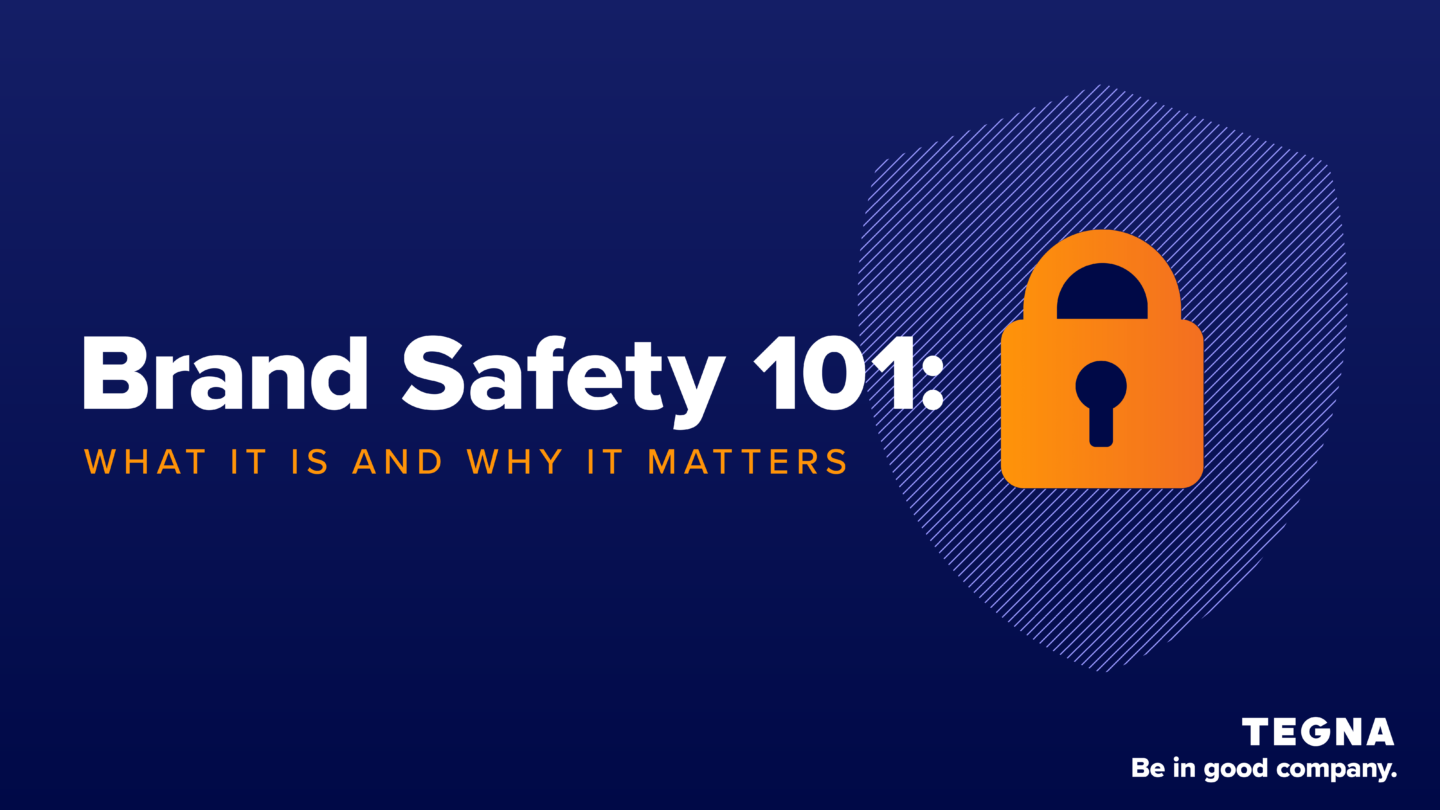
In a world where misinformation looms large, advertisers need to be hyper-focused on keeping their brand safe from inadvertently supporting potentially harmful content. Public trust, truth, and transparency have enormous value, and local news has emerged as one of the safest environments for advertisers.
What Is Brand Safety?
Brand safety in advertising is protecting your brand from harmful influences by placing advertisements in safe, secure environments. When companies practice brand safety when placing advertisements, they can better protect their reputation while improving marketing ROI.
What Is Ad Fraud?
What is ad fraud? It’s defined as any attempt to defraud digital advertising networks for financial gain. For example, an advertiser could see campaign results that include inflated or fake stats, including clicks to a website coming from bots, or counting impressions for ads that were never viewed. To protect media investment, Brands need to ensure their advertising dollars are not being wasted on non-human interactions by thoroughly vetting media partners.
Why is Brand Safety Important?
Prioritizing brand safety is essential for brands to maintain a strong reputation and prevent ad placement in undesirable locations. Below are reasons for companies to prioritize brand safety:
- Improved Reputation: Oftentimes, the display network can seem like an abyss where it is difficult to determine where ads are placed and which advertisements are placed alongside yours. When ads are placed on sites that are not aligned with the brand values, companies risk harming their reputation. By prioritizing brand safety in display campaigns, companies can rest assured that their ads reflect their company and target audience’s ideals.
- Better ROI: Ad fraud is a big concern for marketers, with experts estimating it costing digital advertisers 65 billion in 2021. With an increasing amount of bots and bad actors online, brands suffer when their display networks are affected. By prioritizing brand safety and working with reputable publications, companies can prevent fraudulent clicks, leading to more effective campaigns.
What Kinds of Unsafe Environments Exist for Advertising?
Fake News: Misinformation and brand trust is increasingly top of mind for consumers. 42% of respondents noted that the spread of fake news and information was top of mind when it came to the importance of trusted brands. When your brand is advertised next to new stories that are inaccurate and misleading, you are associating your brand with misinformation, which can break down client trust.
Unsavory Content: What advertisements appear next to is assumed to have a connection to the brand. If your advertisement is placed next to something unsavory, your brand risks being associated with that kind of content.
Best Practices for Brand Safety
To ensure your brand is following brand safety best practices, consider the following steps:
- Use Reputable Publishers: Never partner with publishers that you are not able to verify. Oftentimes, the publishers with the lowest, most attractive prices do not have your brand’s best interest in mind.
- Monitor Brand Health: Real-time monitoring of campaigns ensures you stay on top of brand safety concerns and allows you to act as soon as something happens.
- Create A Response Plan: In the case that a brand safety concern is raised, you want to be prepared. Anticipate the risks and prepare for any possible exposure. That way, if something happens, you know what to do and do not waste any time in implementing a fix.
- Leverage Contextual Targeting: By working with a brand such as TEGNA, marketers can place advertisements alongside content that is suitable for their audience. Contextual advertising is able to leverage the information on the page to determine which ad is the best fit and most relevant for each brand.
How Does Local News Support Brand Safety?
According to a Knight-Gallup study, more Americans trust local news than national news – including cable, newspapers, and digital outlets.
Benefiting from the news-trust halo, a term coined by the IAB to describe the benefits brands see when advertising in news, brands can use local news as a powerful vessel for brand messaging. That’s because 84% of consumers feel that advertising within news increases or maintains brand trust. On top of that, the IAB found that consumers who view advertising on their favorite news outlets are also:
- 45% more likely to visit the brand’s website or search for more information online
- 43% are more likely to consider buying from the brand
- 41% more likely to talk about the brand with family or friends
This trust in local news comes largely from the good work local news stations do in the community. Initiatives like Creative Futures and A Seat at the Table are all efforts that cause audiences to see local journalists – and their advertising partners – as caring, empathetic, and trustworthy voices in their local areas.
This sentiment is also reaffirmed by initiatives like VERIFY, TEGNA’s solution to stop the spread of misinformation. The VERIFY team, with help from questions submitted by the audience, researches claims that need verification or clarification and provides trustworthy, credible information to prove or disprove them. Sources are always provided at the top of each story, allowing the audience transparency into the process.
Fighting Against Ad Fraud
Not only do brands need to worry about consumer and news-viewer trust but also ad fraud. The cost of ad fraud is significant, as a recent study performed by TrafficGuard estimates that fraud will cost advertisers $87B in 2022.
To help fight against ad fraud, all TEGNA platforms are TAG Certified Against Ad Fraud. Earning the TAG certification with the Trustworthy Accountability Group, the leading global initiative fighting criminal activity and increasing trust in the digital advertising industry, further underscores our commitment to our advertisers. This partnership validates what we have been doing from the onset, providing a brand-safe, fraud-free environment that delivers business outcomes for our advertisers.
Choose A Safe Advertising Environment With TEGNA
TEGNA is leading the local news industry with a commitment to providing consumers with trusted, accurate information and clients with advertising environments that are fraud-free and rooted in brand safety. Let’s get in touch to see if advertising with TEGNA is right for your brand.
